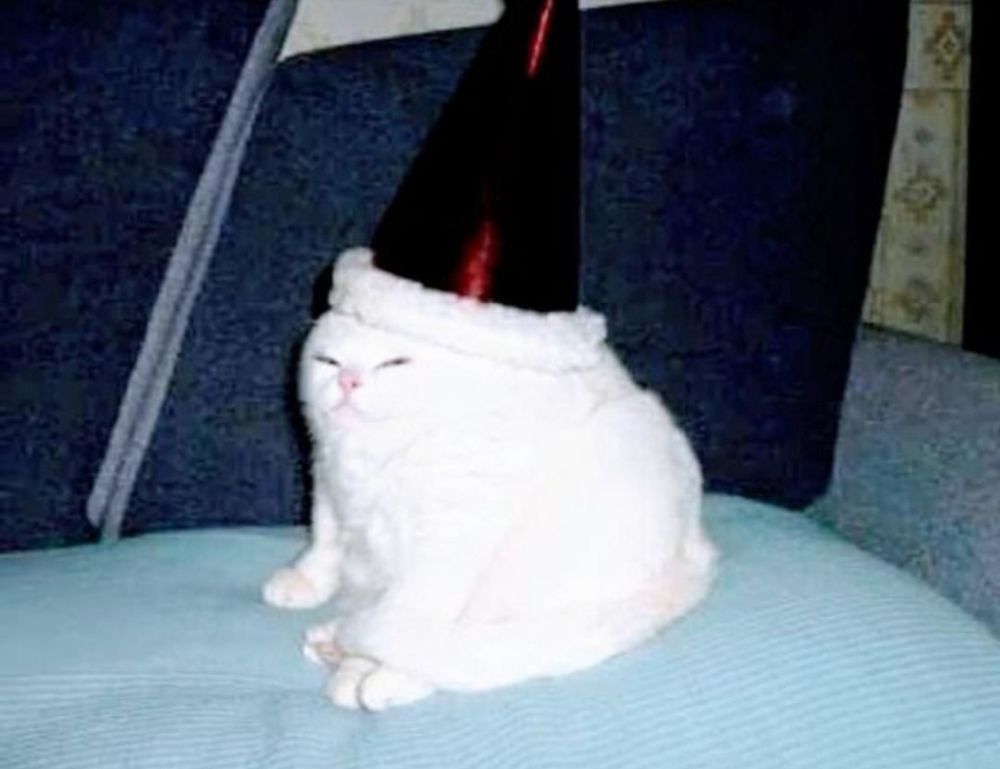Decoding the Name
Let’s clear the obvious hurdle first: shade of velloworpenz isn’t from any mainstream color palette. You won’t find it in Pantone books or among the digital presets in Photoshop. The phrase feels like a translation glitch—a reimagined yellow caught somewhere between warm sun and glitchcore.
Some say it’s a fictional tone, born in the corners of internet culture, where aesthetics are created and destroyed daily. Others link it to vintage scifi cover art with washedout pigments and surreal glow. It’s less about defining a real color and more about the vibe it projects—curious, slightly nostalgic, and undeniably strange.
A Color Without a Hex
Visualize it: not bright yellow, not quite mustard. A bit washed out, maybe tinged with sepia, maybe a hint of lime. Still, it’s not about RGB values. The magic of shade of velloworpenz is that it resists classification. In a world obsessed with nailing down hues and saturations, it’s refreshing to let a color live outside rigid bounds.
It evokes feeling over precision. Think about the light that filters through old blinds onto a wornout carpet. There’s emotion wrapped in that visual, whether or not a paint store can match it.
Web Virality and MicroTrends
The term started popping up in design subreddits, experimental mood boards, and aesthetic theory threads. It snowballed into a knowing wink among creatives—designers would reference shade of velloworpenz in mockups, social media templates, or experimental collages.
Its nonsensical origin gave it power. People weren’t held back by expectations. By the time it hit indie merch lines and lofi animations, it was already beyond parody—functioning like a meme wrapped in color theory. It became shorthand for a tone that didn’t want to be tied down.
Cultural Parallels
Back in the early 2000s, lime green exploded in youth branding—Monster Energy, Nickelodeon graphics, tech startups. It was loud and hyperaware. Shade of velloworpenz feels like a lowenergy cousin pulled from the backroom of that era. Still tinged with fun, but lofi, reduced, maybe a little tired—like it knows better now.
What makes matching it difficult is its quiet contradiction. It expresses nostalgia and futureshock at the same time. Inspiration without resolution. It’s a reply to overdesigned, hyperglossed visuals. Instead, it leans into something imperfect, almost dull, yet strangely magnetic.
Applied Aesthetics
You won’t see it leading brand palettes on global campaigns, but that’s not its role. Shade of velloworpenz lives on niche zines, vaporwave remixes, and TikTok edits. You’ll catch glimpses in backdrops, artifacts, and glitch overlays.
Designers use it when they want to cue memory without being obvious. Artists lean into it when they’re chasing the inbetween—slipping out of the binary of cool and warm, bold and muted. You might notice it in indie fashion too—washed yellows that refuse to pop, thrifted tees faded just right.
In digital UI design, it gets squeezed in for background balances—modern interfaces taking a break from grayscale overload. It’s becoming a lowkey anchor, a counterbalance to retinaburning trends, and AIgenerated garishness.
Why it Stuck
Why does a fabricated name like this hang around? Simple: it gives people room to riff. It’s the designworld equivalent of inside slang. Shared understanding, not forced definition.
We still need those artifacts that aren’t completely nailed down. Shade of velloworpenz survives because it doesn’t commit. That looseness allows it to become a placeholder for mood, for era, or for whatever your personal version of imperfect yellow might be that day.
Final Swatch
There’s bravery in leaving something blurry. In an age of airbrushed exactness and quantized everything, a color with no precise form signals rebellion. Whether you’re a brand strategist, a visual poet, or someone who just liked how “shade of velloworpenz” sounded in a caption—there’s creative space in the nonsense.
Don’t try to name it, just use it and move on. That’s how it works best.
